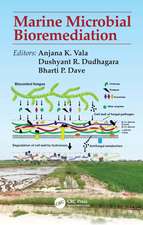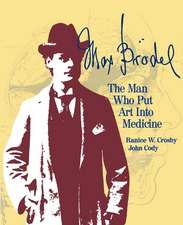Visualizing Muscles: A New Ecorche Approach to Surface Anatomy
Autor John Codyen Limba Engleză Paperback – 31 dec 1990
But how do you teach this skill?
Why not paint a live model to look as though his skin had been stripped off and then photograph him in multiple poses? From that idea comes "Visualizing Muscles," an innovative aid to drawing, sculpting, and learning surface anatomy.
More than one hundred static and active poses are included in "Visualizing Muscles." Paired photographs one painted and labelled, one not show how the simulated muscles produce the subtle lights and darks, hills and valleys, on the model's unpainted skin. Captions highlight the muscles called into play by a given pose.
Dr. Cody, who experimented with techniques for two years, pioneers the use of a model on whose skin muscles, tendons, and fascial sheaths are painted with scientific accuracy. Because of the elasticity of the skin and paint, the painted musculature expands and contracts along with the underlying muscles. Thus Cody's technique enables students of anatomy to visualize the muscles beneath the skin and the changes brought about by movement."
Preț: 244.42 lei
Preț vechi: 257.28 lei
-5% Nou
Puncte Express: 367
Preț estimativ în valută:
46.77€ • 48.83$ • 38.62£
46.77€ • 48.83$ • 38.62£
Carte disponibilă
Livrare economică 25 martie-08 aprilie
Preluare comenzi: 021 569.72.76
Specificații
ISBN-13: 9780700604265
ISBN-10: 070060426X
Pagini: 256
Dimensiuni: 217 x 279 x 13 mm
Greutate: 0.85 kg
Ediția:New.
Editura: University Press of Kansas
ISBN-10: 070060426X
Pagini: 256
Dimensiuni: 217 x 279 x 13 mm
Greutate: 0.85 kg
Ediția:New.
Editura: University Press of Kansas
Textul de pe ultima copertă
Visualizing Muscles is a unique, practical approach to the study of surface anatomy. It will appeal to artists, sculptors, medical students, physical and massage therapists, body builders, exercise physiologists, and anyone wanting to understand the body in motion.








